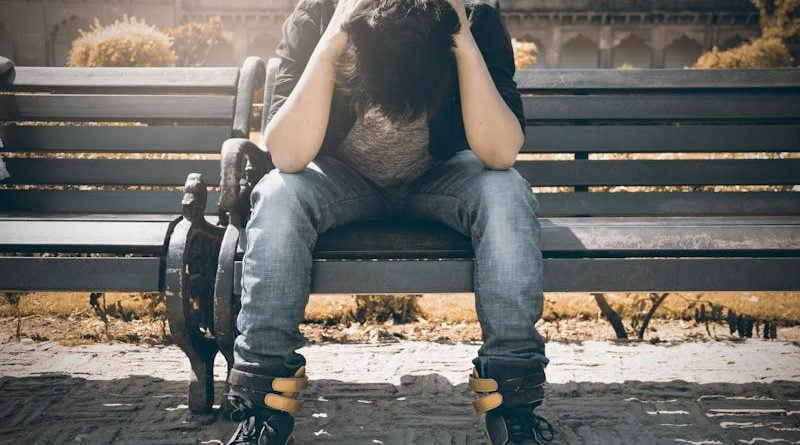Depression in Young People: Emerging Treatments and Strategies
Introduction
Depression among young people is a pressing issue, gaining attention for its increasing prevalence and impact on youth development. This article delves into its causes, symptoms, and discusses recent advancements in treatment strategies, offering hope and comprehensive insights for affected individuals and their support systems.
Rising Prevalence and Causes
The rise in depression rates among young individuals has become a significant mental health concern. Factors like academic pressures, social media impact, and environmental stressors contribute to this trend. The digital era has brought unique challenges, including online bullying and the pressure of social comparison, exacerbating feelings of isolation and inadequacy among youth.
Symptom Recognition and Early Intervention
Recognizing depression in youth is challenging, as symptoms often blend with typical adolescent changes. Persistent sadness, disinterest, appetite or sleep changes, and feelings of worthlessness are key indicators. Early detection and intervention are vital, as they significantly improve treatment outcomes.
Recent Developments in Treatment
Treatment of depression in young people has evolved, with recent developments focusing on personalized approaches. Traditional methods like Cognitive Behavioral Therapy (CBT) remain effective, helping alter negative thought patterns. However, new therapies such as Interpersonal Therapy (IPT) and Dialectical Behavior Therapy (DBT) have gained prominence for their focus on improving interpersonal relationships and managing emotions.
Pharmacological treatments have also advanced. The development of new antidepressants with fewer side effects has been encouraging, and there’s growing interest in the potential use of psychedelics under professional supervision for treatment-resistant depression.
Digital interventions, including online therapy and mobile apps for mental health, have become increasingly popular, offering accessible and engaging treatment options for young people.
Support Systems and the Role of Community
The support system comprising family, friends, and educators is pivotal. These groups must be well-informed and empathetic, offering a supportive environment that encourages open communication. Schools and communities are increasingly implementing mental health programs, promoting early identification and support for affected youth.
Lifestyle and Self-Care
Promoting a healthy lifestyle is crucial in managing depression. Regular physical activity, balanced nutrition, adequate sleep, and mindfulness practices are essential. Encouraging young people to engage in activities that foster a sense of achievement and belonging can also be beneficial.
Combating Stigma and Promoting Mental Health Education
Efforts to combat the stigma around mental health are critical. Campaigns and educational programs in schools and communities are essential to normalize conversations about mental health, encouraging young people to seek help without fear of judgment.
Conclusion
Depression in young people is a multifaceted issue, but with evolving treatments and a supportive approach, it can be effectively managed. It’s essential for young individuals to understand that they are not alone in this journey, and help is available. With continued advancements in treatment and a collective effort to support mental health, there is hope for a brighter, healthier future for our youth.

